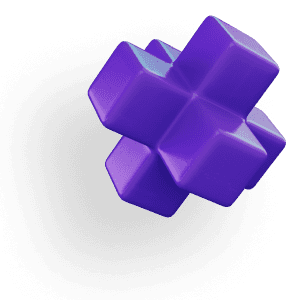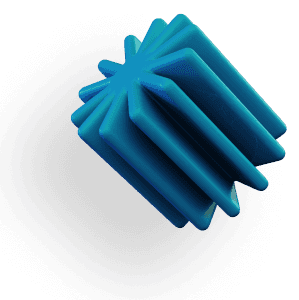HOW TO USE GPU
Affinity Photo (v.1.9 and newer)
Affinity Photo supports GPU acceleration to enhance performance, especially during demanding tasks like applying filters, real-time adjustments, and complex compositing. Enabling OpenCL compute acceleration can dramatically speed up processes, making the software more responsive when working on high-resolution images or large files.
How to Enable GPU Acceleration in Affinity Photo
Launch Affinity Photo
Open the application from the default location:C:\Program Files\Affinity\Photo\Photo.exeConfigure Performance Settings

Navigate to Edit > Preferences and go to the Performance tab.
Set View Quality to Bilinear (Best Quality) to ensure optimal rendering.
Check Dither Gradients to improve gradient transitions.
Select NVIDIA GPU (or your dedicated GPU) under the Renderer option.
Enable Retina Rendering: Automatic (Best) to allow the software to adjust to your display.
Ensure Hardware Acceleration: Enable OpenCL Compute Acceleration is checked for GPU-based acceleration.
Top Tips to Speed Up Affinity Photo

Use a Dedicated GPU
Affinity Photo can run on integrated GPUs, but for the best performance, using a dedicated GPU such as NVIDIA RTX 3060 or higher with at least 4GB VRAM is recommended. Dedicated GPUs handle real-time rendering and raster effects much more efficiently than integrated graphics.Update Your GPU Drivers
Regularly updating your GPU drivers ensures compatibility with the latest versions of Affinity Photo. Both NVIDIA and AMD provide drivers specifically optimized for creative applications like Affinity Photo.Increase RAM Usage
In the Preferences menu, adjust the RAM usage settings to allocate more memory to Affinity Photo, especially if you are working with large, multi-layered files. This helps the software handle complex edits more smoothly.SSD for Faster File Access
Storing your project files on an SSD rather than a traditional HDD will significantly improve file load times and overall application responsiveness.Optimize Display Settings
If you're working with a 4K or high-resolution monitor, consider lowering the display resolution for smoother performance during editing. Larger displays put more strain on the GPU, so ensuring you have sufficient VRAM (4GB minimum for high-res displays) will improve your workflow.
By following these tips and configuring the recommended settings, you can optimize Affinity Photo’s performance and enjoy faster rendering, smoother editing, and improved responsiveness.
Affinity Photo System Requirements
Minimum Requirements:
Operating System:
Windows: Windows 10 (64-bit) version 1607 or later; Windows 8.1; Windows 7 (Service Pack 1; Aero enabled).
macOS: macOS 10.9 (Mavericks) or later, up to macOS 11.0 (Big Sur).
Processor:
Windows: PC with a mouse or equivalent input device.
macOS: Mac with Apple M1 chip or Intel processor.
RAM: 4 GB.
Hard Disk Space: Approximately 938 MB of available space; additional free space required during installation.
Monitor Resolution: 1280 x 768 display size or better.
Graphics Card: DirectX 10-compatible graphics cards and above.
Recommended Specifications:
RAM: 8 GB or more for optimal performance.
Graphics Card: For hardware GPU acceleration, a Direct3D level 12.0-capable card is required.
Monitor Resolution: Higher resolutions for enhanced detail and workspace.
Meeting these specifications will help you get the most out of Affinity Photo, ensuring efficient workflows and high-quality outputs. Keep in mind that more complex projects, especially those involving high-resolution images or extensive editing, will benefit from higher-end hardware configurations.
Enjoy Faster Renderings and Workflow with Vagon
When the goal is to cut down rendering times and speeding up your workflow, every second saved is a victory. But what if you could do more than just save a few seconds?
With Vagon’s cloud PCs powered by 48 cores, 4 x 24GB RTX-enabled NVIDIA GPUs and 192GB of RAM, work on your Affinity Photo projects faster than ever. It’s easy to use, right in your browser. You can transfer your workspace and files in just a few clicks and try it yourself!






